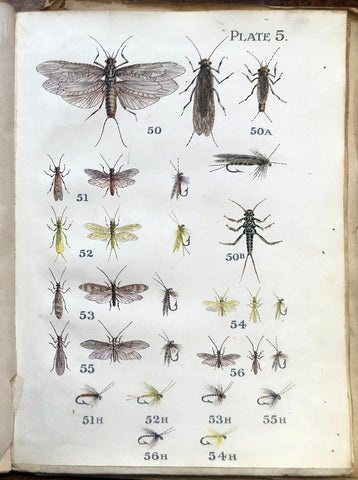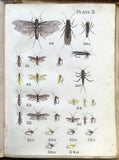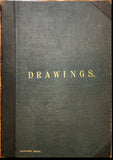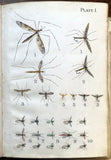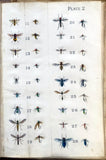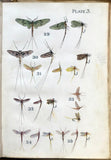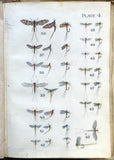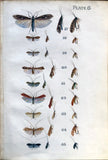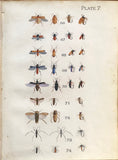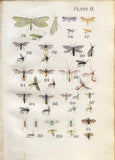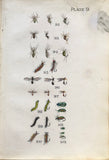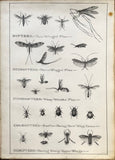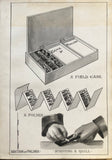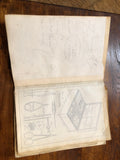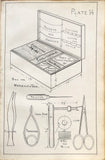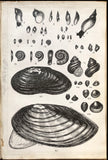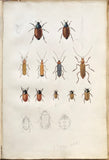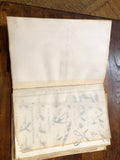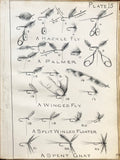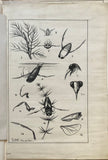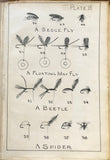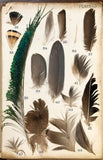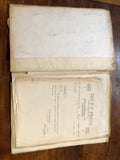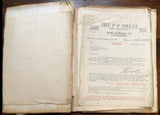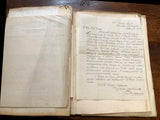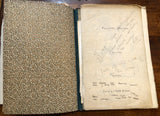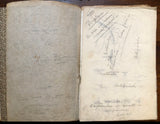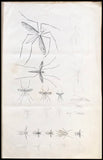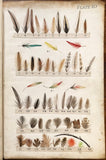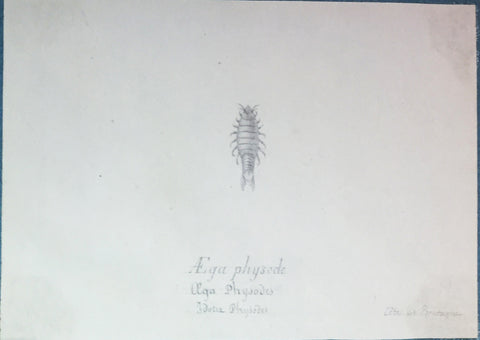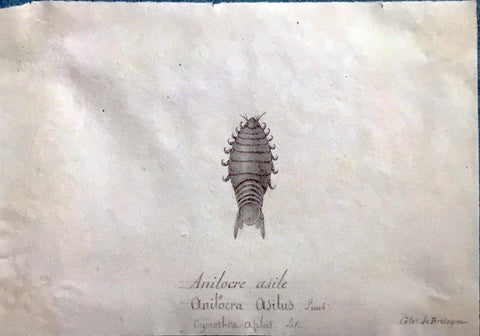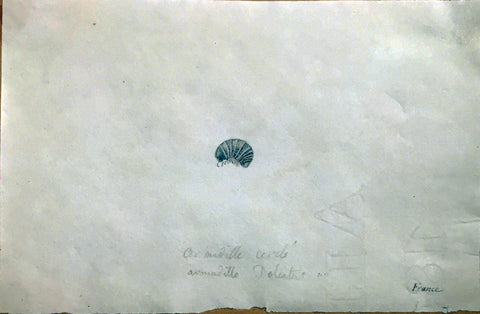Leonard West, The Natural Trout Fly and its Imitation
Original artwork by Leonard West for his angling classic The Natural Trout Fly and its Imitation (1912)
Comprising: final artwork for the plates 1-9, 14, 15 and 16 (as used in the 1912 edition), and plates 1A and 17 (drawn in ink for the 1921 revised edition), and the originals for plates 10 (“Hackle Feathers, Poultry, &c.”) and 13 (“Feathers for Flies’ Wings”) comprising of actual mounted samples, all on thick paper, some with proof annotations and notes, the original ink numerals (from first edition) erased and replaced as they appear in the second edition, the plates with mounted samples accompanied by West’s ink identification key, images approximately; an ink preliminary drawing (with overslip noting in pencil “Diptera. This plate was redrawn, elaborated & coloured”) of Plate 1; 2 variant 4-page prospectuses for the first edition of The Natural Trout Fly (one illustrating plate 6, one plate 8), and samples of each printed plate from the first edition of the book; 2 typed letters from P.P. Press Art Printers, dated 24 March and 11 August 1920, relating to printing costs and artwork; 2 original pen and ink drawings by West of pond beetles (both signed with initials “L.W.”, each with accompanying published print) for an unrelated publication, a few items loose otherwise bound together in contemporary green half morocco, gilt lettered “Drawings. Leonard West” on upper cover, small folio, [c. 1912-1920]
Provenance: Leonard West, and by family descent to previous owner.
Inventory #AP02584
Leonard West was a stalwart of the Lancashire and Cheshire Entomological Society (and President for 1916) and founding member of the St. Helen’s Fly-fisher’s Club. His approach to fly-fishing was based on the premise that “the angler with a knowledge of entomology, possesses a great advantage, and is able readily to select a fly.” He made his intended audience clear in introducing The Natural Trout Fly and Its Imitation (1912). His go-to handbook was explicitly for the enthusiast fly fisher who possesses the naturalist tendency to classify to enhance their angling craft, not the conventional entomologist. In the essence of literary trends of his period, West compared his audience to “followers of the immortal Walton who prefer wading in a pellucid stream to the intricacies of an entomology.”
With this poetic approach to a previously scientific subject, there were diversions from traditional natural science terminology. Instead of accepting the well-known entomological names of the insects described, West invented an entirely new nomenclature. His reason being, he believed that many anglers devoted too much attention to Ephemeroptera (species of mayflies) and not nearly sufficient to other insects eaten by the trout. He intended to provide anglers with broad knowledge, not an encyclopedic representation of all aquatic insects.
Imagery played an influential role in West’s guide. The author pointed out different characteristics comparing species by shape, color, scale, and texture and aided in multi-step instruction in preparing artificial flies through illustrated plates. The present collection of original watercolors corresponds to the printed plates in this most covetable book for the sport fisherman.
A unique collection of original watercolors prepared for a classic period work for every fly fisher and all trout anglers interested in the development of fly-fishing entomology.
We Also Recommend

